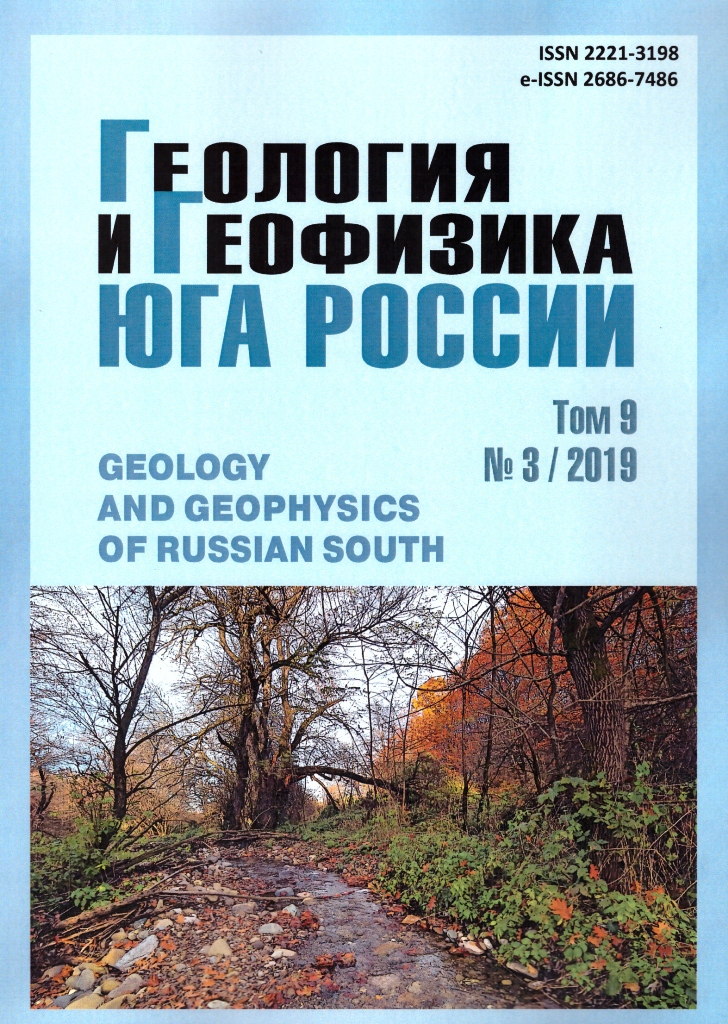Seismic protection of nuclear power plants, problems and prospects
Keywords:
nuclear power plants, earthquake, natural and technological hazards and risks, seismic observation networks
Abstract
The state and prospects of the development of nuclear energy in connection with seismic and other natural and technological hazards are considered in the article. The experience of operating nuclear power plants, statistics on accidents at nuclear power plants, and their causes are analyzed. Due to accidents at several nuclear power plants and a global change in energy policy priorities towards renewable energy sources (wind, solar, geysers, etc.), many of the technically developed countries (USA, Japan, Germany) declare a reduction in the role of nuclear energy in their energy plans. The threat of danger unites the efforts of countries such as the USA, France, Russia, Japan, South Korea, Canada and China in cooperation in the field of improving technologies, enhancing nuclear safety and developing nuclear infrastructure in newcomer countries. The most dangerous nuclear plants are located in Asia, where the increased seismicity is noted. As a result of the efforts to improve the safety of nuclear power plants, it is concluded that seismic hazard is reduced due to the deep automation and transfer of the main control functions of the nuclear power plant to the software package, improvement of decision-making algorithms in the event of an earthquake and other emergencies. One of the main goals of defense in depth is to block the dangers of human error and the combination of equipment failures and the errors of operators and managers. Safety systems should turn on automatically and block the actions of the NPP operator for a while. Sealed shells (containers) and placement of containers with a large amount of boron solution over the reactor, which is poured onto the reactor in the event of an accident and neutralizes radioactivity in case of its occurrence, are an effective protection for power units built in recent decades. A more detailed analysis of the seismotectonic situation of the sites of existing nuclear power plants in the world has led to the need to increase the acceleration of safe shutdown in several nuclear power plants. When designing a nuclear power plant, it is not enough to take into account the magnitude and intensity of the alleged earthquakes; for engineering calculations, it is necessary to use specific vibration parameters. Among them, acceleration of the soil occupies the most important place, by which it is possible to judge with maximum confidence the potential loads on structures and equipment in the earthquake zone. The modernized seismic protection system (SSZ-1M) of power units is characterized by reliability, the absence of false alarms, the stability of parameters in time, and protection against external unauthorized influences.
Published
2019-10-25
Section
Articles


